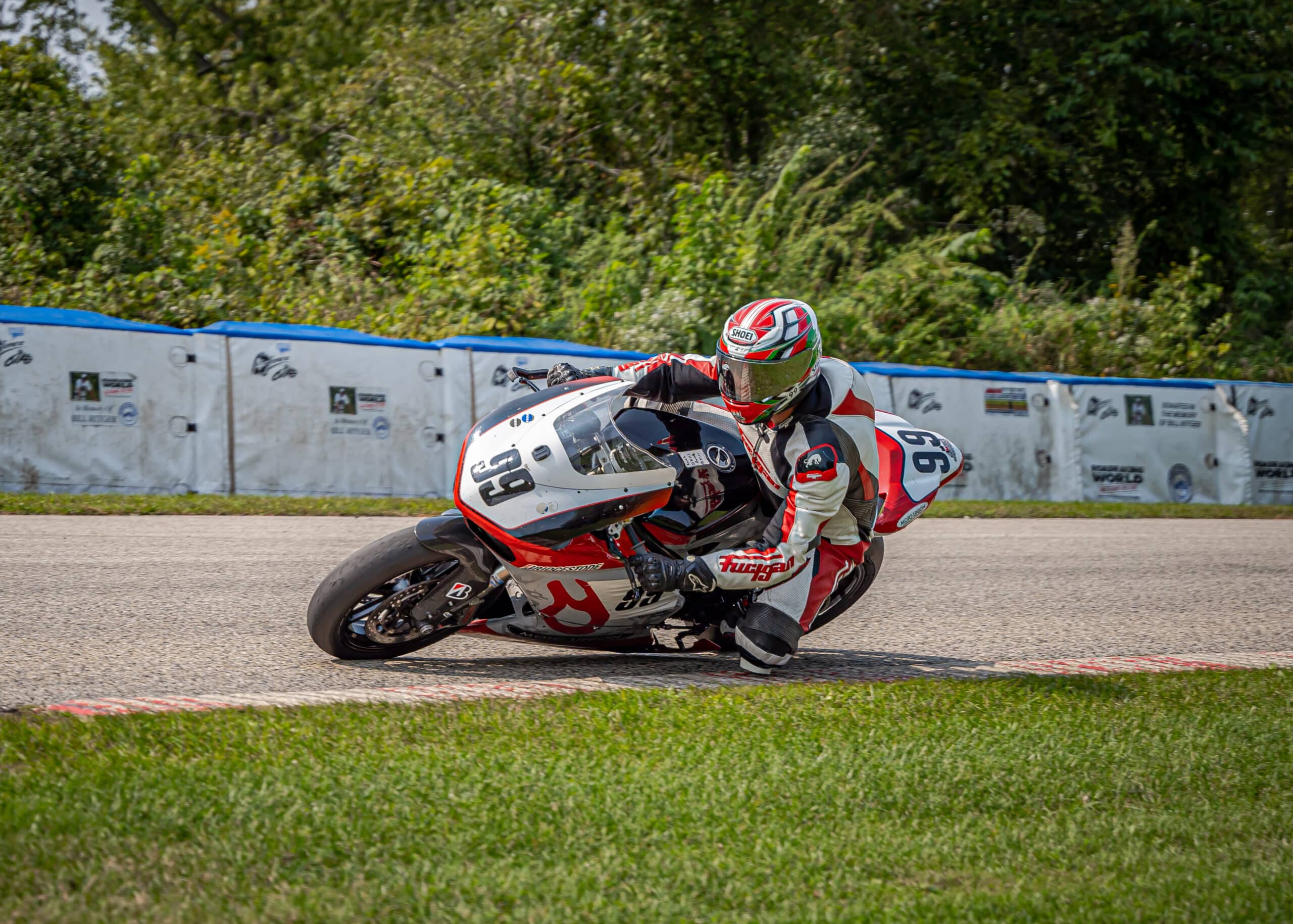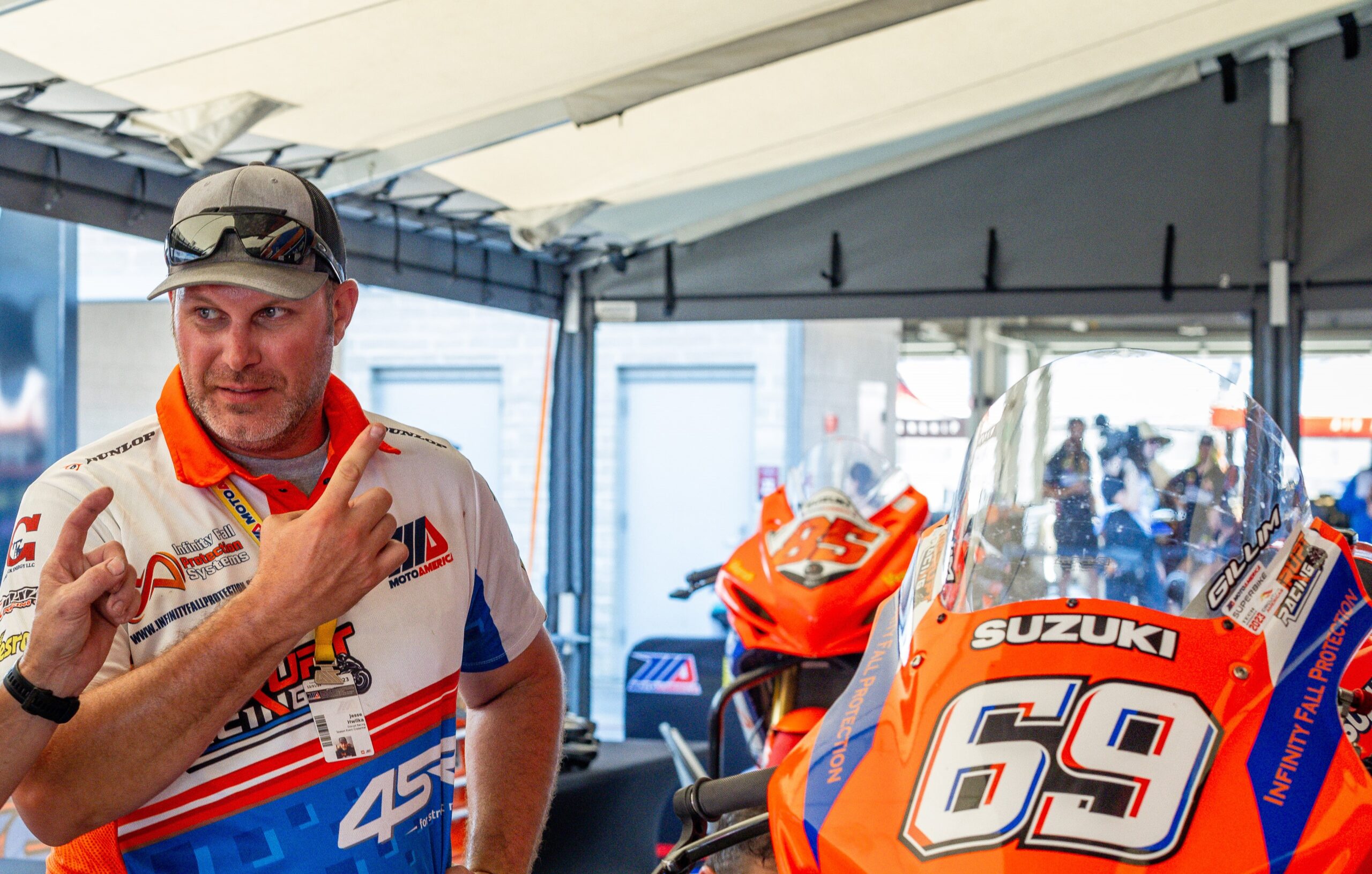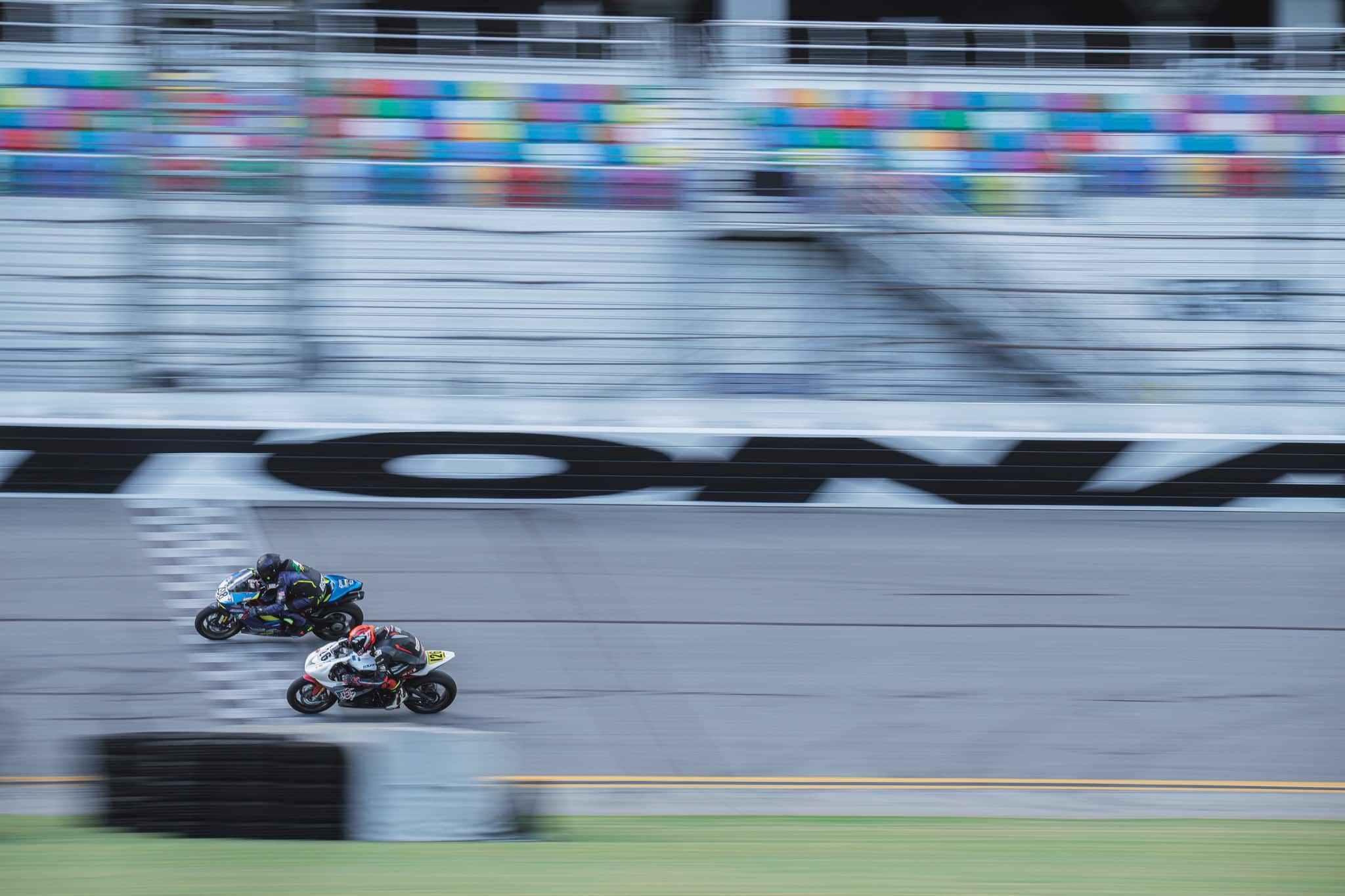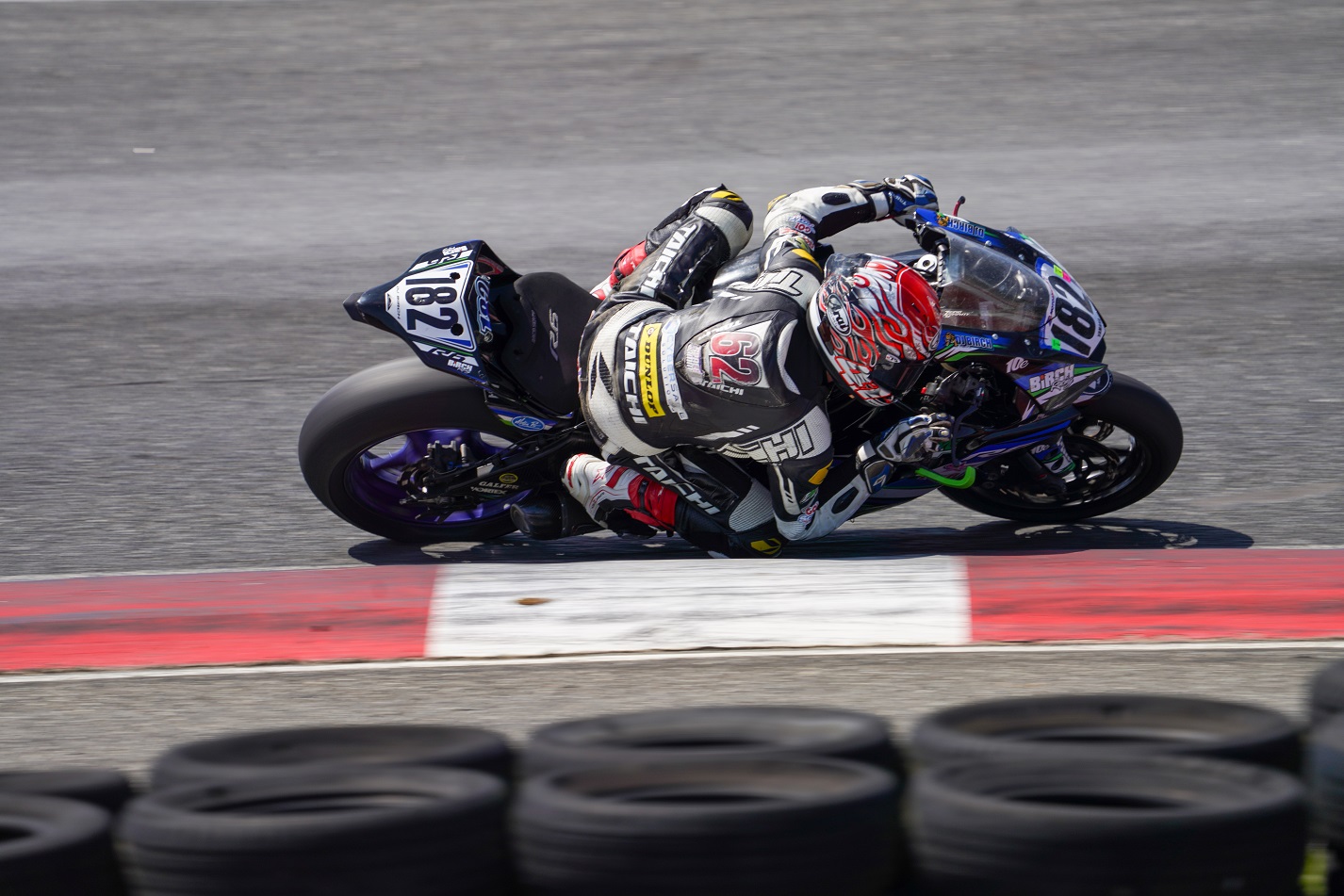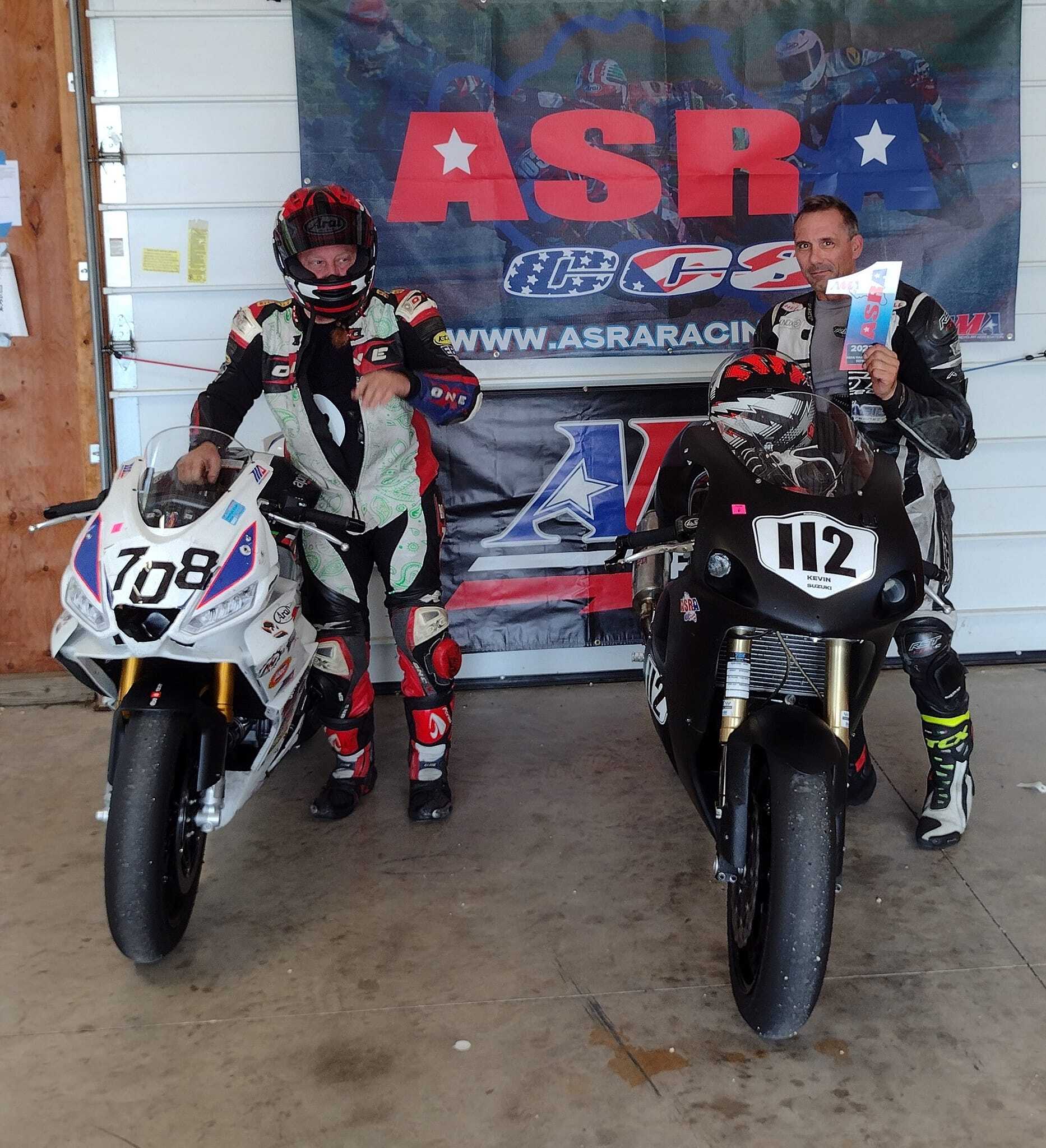In recent years, motorcycle road racing has gained immense popularity in the United States. With adrenaline-filled competitions and displays of skill and speed, it attracts many riders and spectators alike. However, as with any competitive sport, safety regulations become vital to ensure the well-being of participants, and this is especially crucial in the case of motorcycle road races. This blog aims to explore the US regulations that govern motorcycle road racing to help riders gear up effectively and prioritize safety.
The Key Regulatory Bodies
Several organizations play a crucial role in overseeing motorcycle road racing and enforcing regulations in the United States. Here are some of the main regulatory bodies:
1. American Motorcycle Association (AMA)
The AMA is recognized as the governing body for motorcycle road racing in the United States. It sets the standards and rules for various classes and competitions, including flat track, motocross, and road racing. The AMA works closely with other organizations and implements safety guidelines to ensure fair play and protect the well-being of racers.
2. National Association of Sports Commissions (NASC)
The NASC focuses on promoting safe and responsible sporting events, including motorcycle road races. They work in partnership with event organizers to enforce safety regulations, oversee competition standards, and provide a platform for education and training for officials and participants.
3. Sports Car Club of America (SCCA)
While primarily known for its involvement in automobile racing, the SCCA also oversees motorcycle road racing events across the country. They enforce standardized safety regulations and provide resources for participants to enhance their understanding of safety measures.
Safety Regulations and Standards
Motorcycle road racing events in the United States are subject to a wide range of safety regulations to ensure the well-being of participants and maintain fair competition. Here are some key aspects of the safety regulations:
1. Protective Gear
The use of appropriate safety gear is paramount in motorcycle road racing. Riders are required to wear a certified helmet that meets specific safety standards set by organizations such as the Department of Transportation (DOT) and Snell Memorial Foundation. Additionally, riders must wear protective suits, boots, gloves, and back protectors designed for racing purposes.
2. Motorcycle Safety Requirements
Motorcycles used in road racing events must meet certain safety standards to ensure their suitability for high-speed competitions. These requirements may include functionality checks for brakes, steering, suspension, and lighting systems. Regular inspections are performed to ensure compliance and address any potential safety concerns.
3. Track Safety Measures
Race organizers are responsible for implementing various safety measures on the tracks. These measures could include the installation of barriers and safety walls to protect riders from potential hazards, such as collisions or falls. Additionally, emergency medical services should be readily available on-site to provide immediate assistance in case of accidents or injuries.
4. Competition Rules and Regulations
To maintain fair play and avoid any undue advantage, motorcycle road racing events are governed by extensive rules and regulations. These can cover aspects such as qualifying procedures, race start protocols, overtaking rules, and penalties for rule violations. Strict enforcement of these regulations ensures fair competition and enhances the overall safety of participants.
Importance of Safety Training and Education
Apart from adhering to regulations, proper safety training and education are crucial for participants in motorcycle road racing. Organizations like the AMA and NASC offer educational programs and training courses for riders, officials, and track personnel. These programs focus on enhancing knowledge of safety protocols, risk management, and emergency response procedures. Participating in such programs reduces the likelihood of accidents and ensures all involved parties are better equipped to handle any unforeseen circumstances.
Conclusion
Motorcycle road racing undoubtedly provides exhilarating experiences for both riders and spectators. However, prioritizing safety is of utmost importance. By adhering to the regulations set forth by governing bodies such as the AMA, NASC, and SCCA, and committing to safety training and education programs, riders can gear up effectively and participate in motorcycle road races with confidence. These regulations and safety measures not only safeguard the well-being of participants but also contribute to the overall growth and development of motorcycle road racing.
Apply for ASRA Competition License here.





